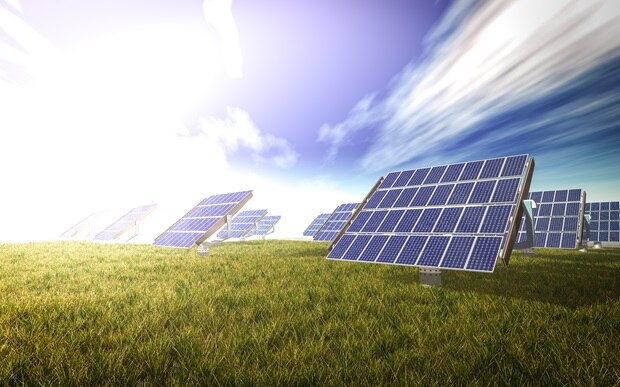As the Philippines charts its course towards energy security and a cleaner future, it faces a pivotal moment marked by the dwindling reserves of the Malampaya gas field and a burgeoning reliance on imported liquefied natural gas (LNG). With the Malampaya field projected to be depleted by 2027, the country is confronted with the prospect of a significant natural gas deficit, necessitating a shift towards imported LNG to meet its energy needs.
According to the Department of Energy (DoE), the depletion of domestic gas sources could leave the Philippines heavily reliant on imported LNG as early as 2025. This reality underscores the urgency of diversifying the country’s energy mix while simultaneously pursuing ambitious renewable energy targets.
In a strategic move to address the impending energy gap, President Ferdinand “Bongbong” Marcos Jr renewed the service contract for the Malampaya consortium, extending its operations until 2039 and mandating the exploration for new gas deposits. This decision aims to mitigate the potential power crisis triggered by the original expiration of the contract in 2024 and the projected depletion of reserves by 2027.
To bolster energy security and promote cleaner energy alternatives, major players in the Philippine energy sector, including Meralco PowerGen Corp, Aboitiz Power Corp, and San Miguel Global Power Holdings Corp, recently inked a groundbreaking $3.3 billion deal. This agreement paves the way for the establishment of the country’s largest LNG facility in Batangas province, signaling a significant step towards reducing dependency on traditional fossil fuels.
While LNG serves as a short-term solution to bridge the energy gap, the Philippines remains steadfast in its commitment to green energy. The DoE’s ambitious strategy aims to incorporate nearly 53,000MW of renewable energy into the power mix by 2040. This includes substantial targets for solar, wind, hydropower, and geothermal energy, with renewables projected to account for 35% of the energy mix by 2030 and 50% by 2040.
Despite the current dominance of coal in the energy landscape, recent data indicates a shifting trend towards renewables. Coal’s share in both installed and dependable capacities is declining, while renewable energy continues to gain traction. This transition underscores the Philippines’ concerted efforts to embrace sustainable energy alternatives and reduce its carbon footprint.
In conclusion, the Philippines stands at a critical juncture in its energy transition, balancing the immediate need for LNG imports with long-term renewable energy goals. While imported LNG addresses short-term energy challenges, the country’s commitment to expanding its clean power sector signals a promising future driven by sustainability and environmental stewardship.

